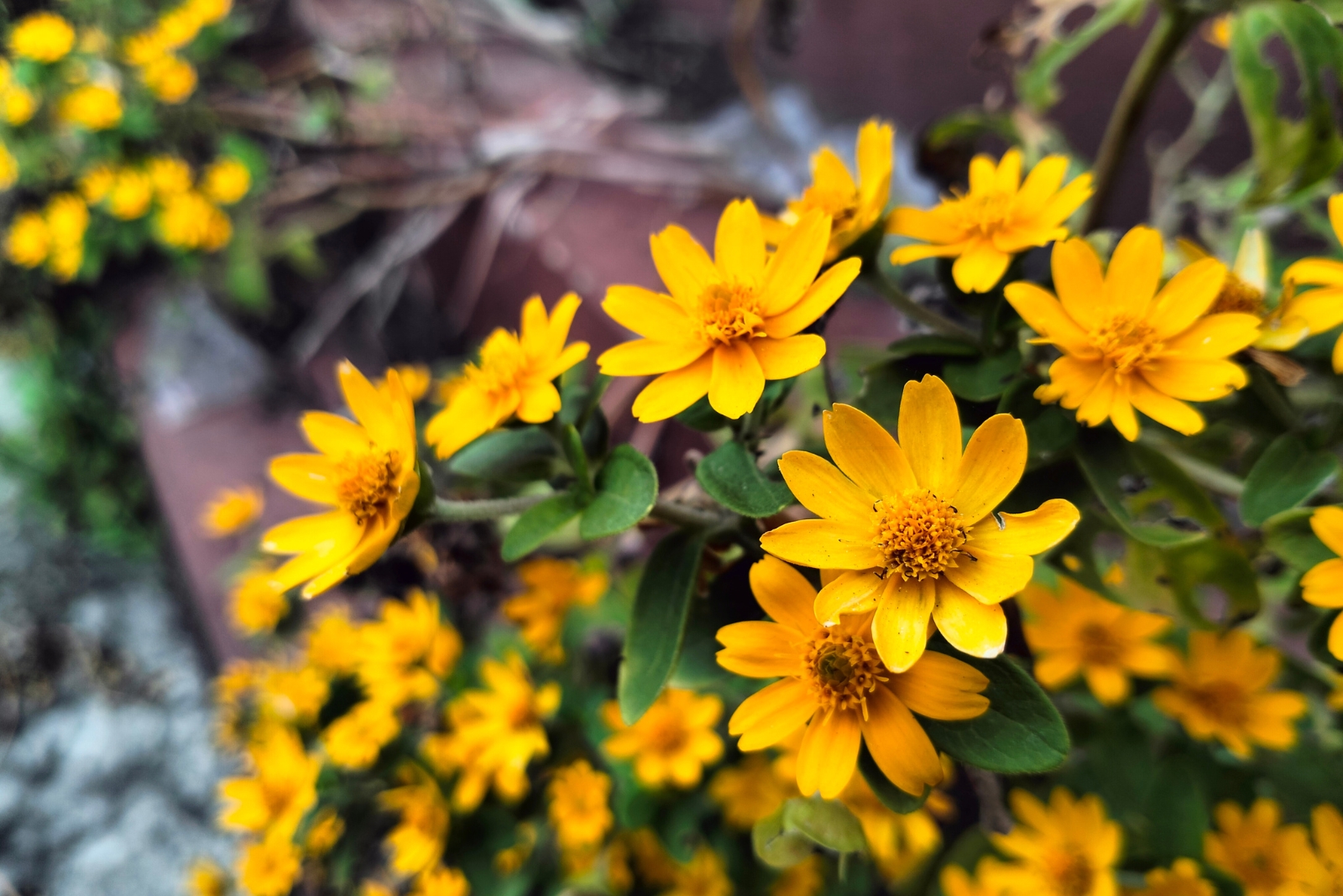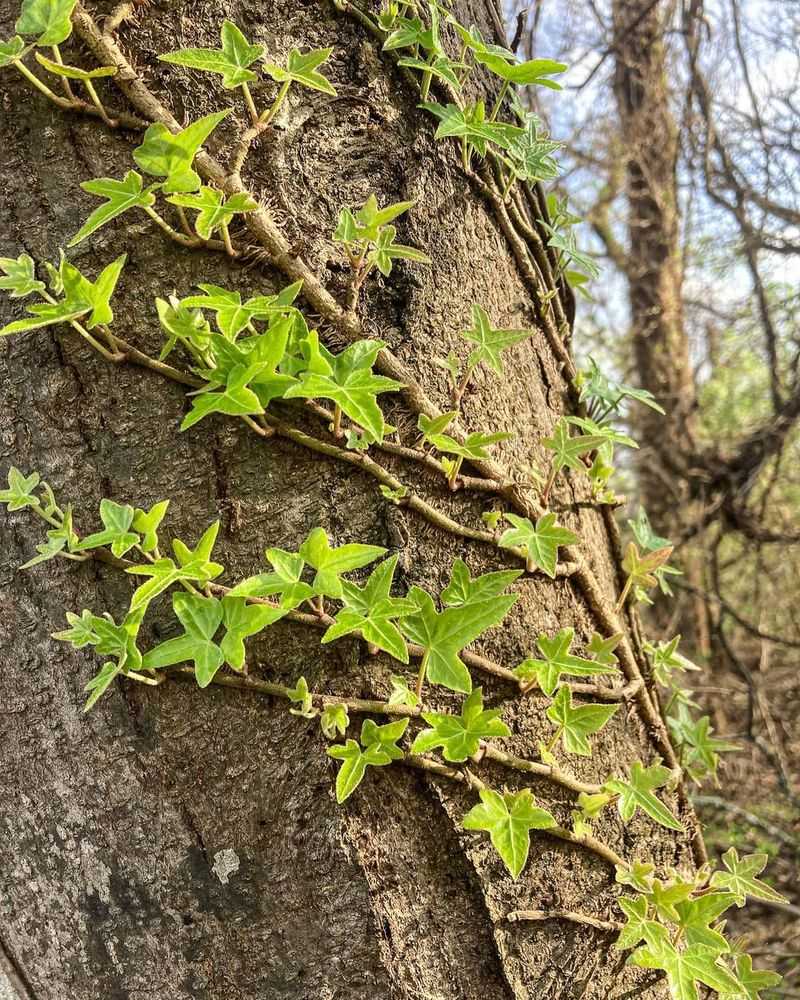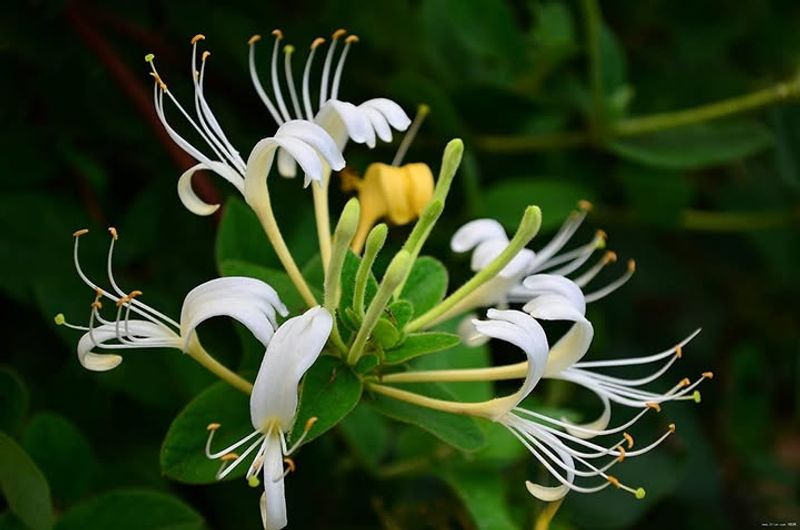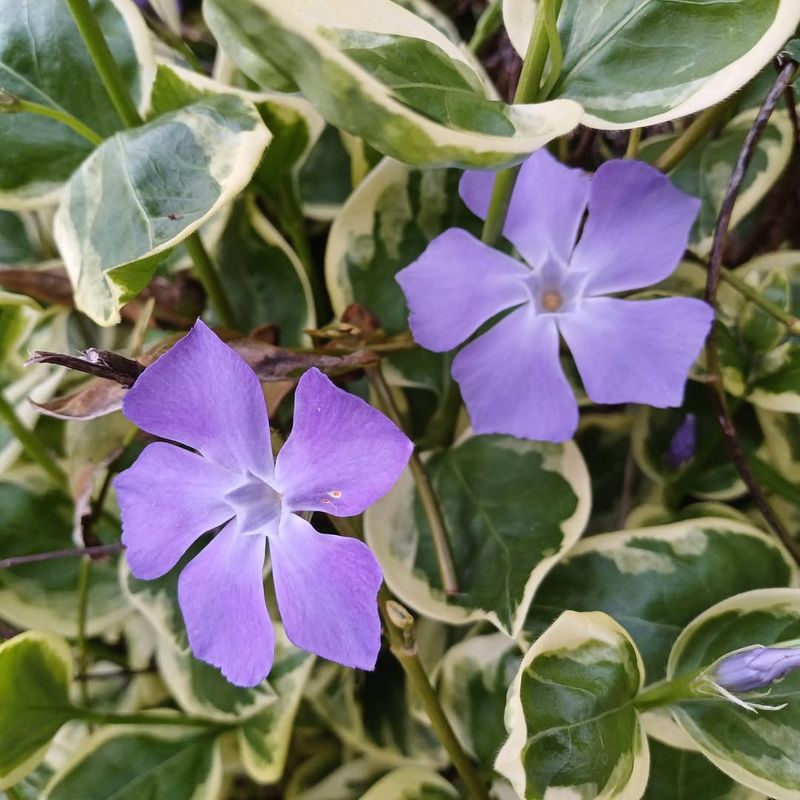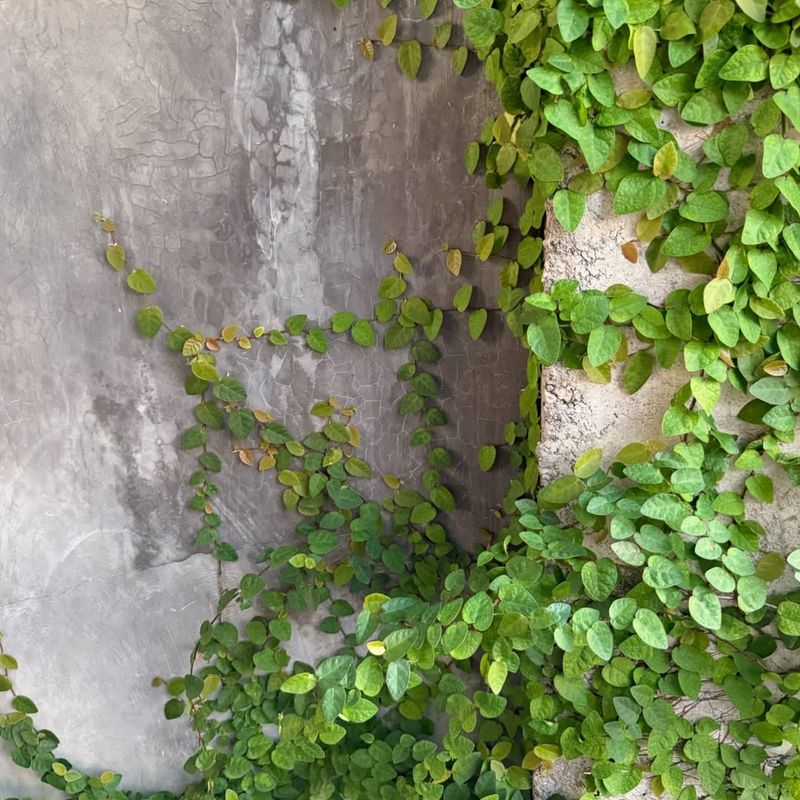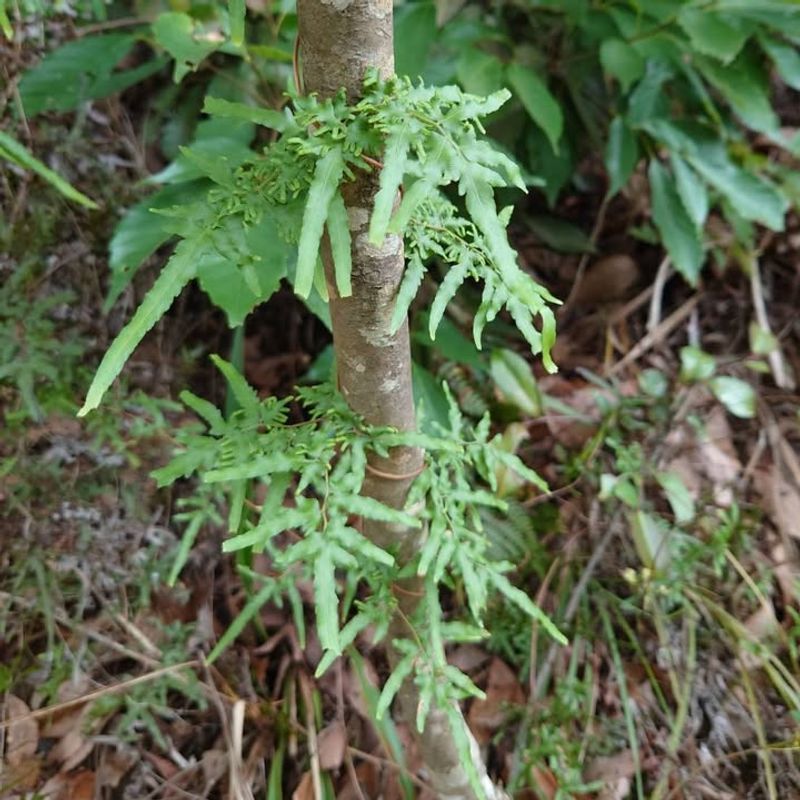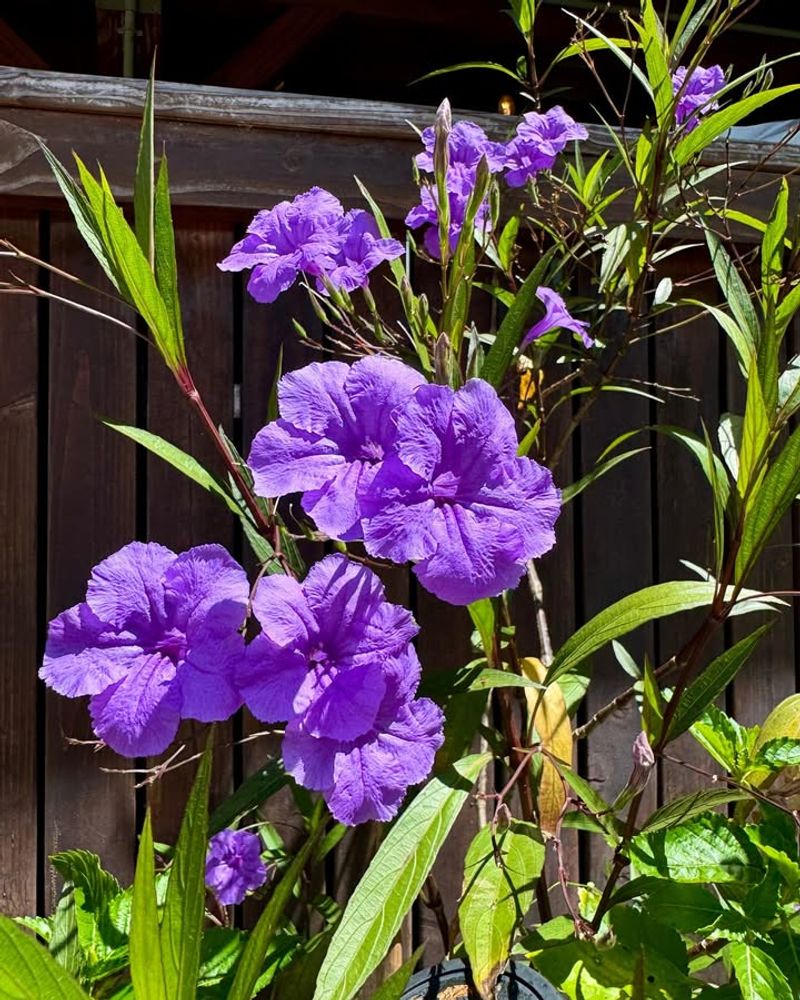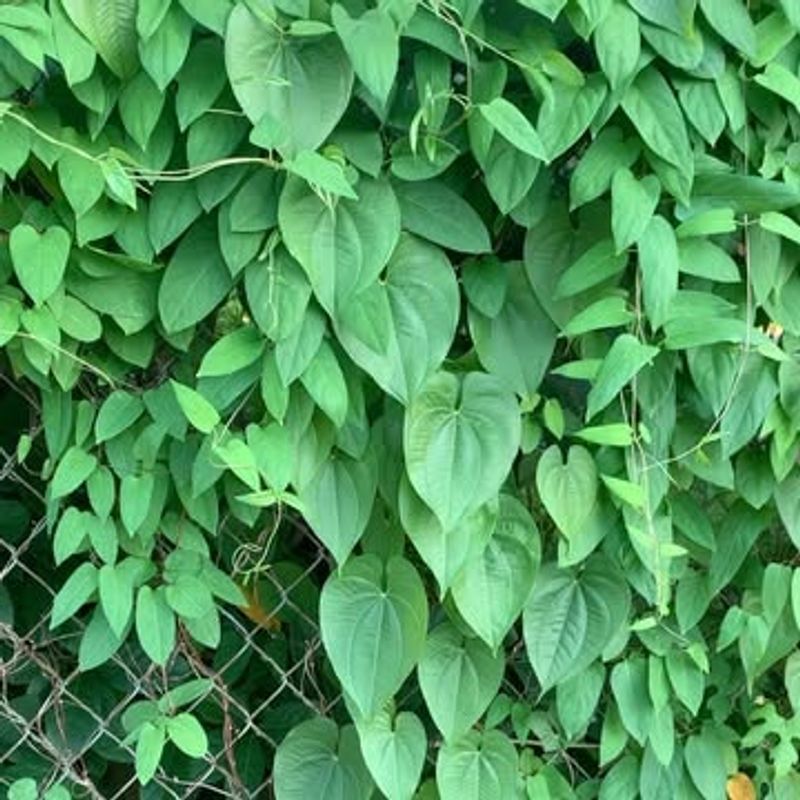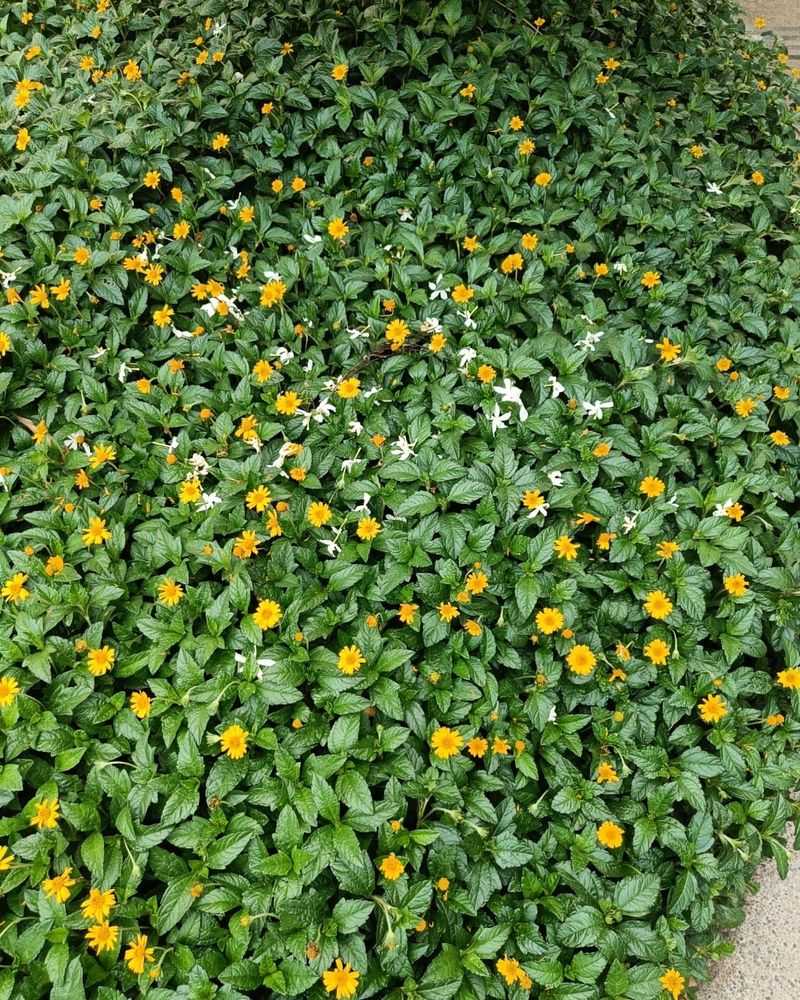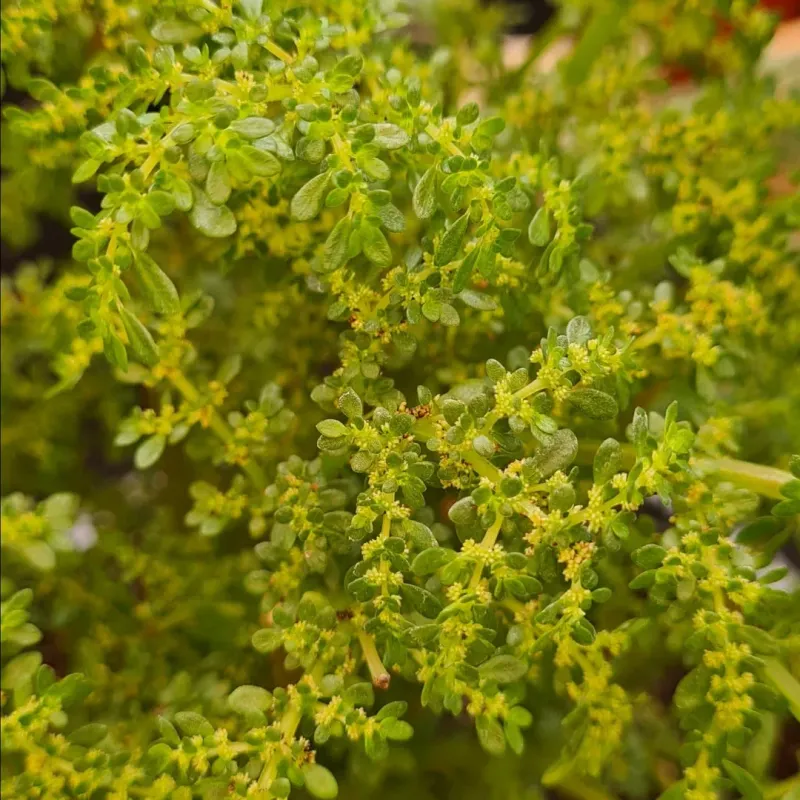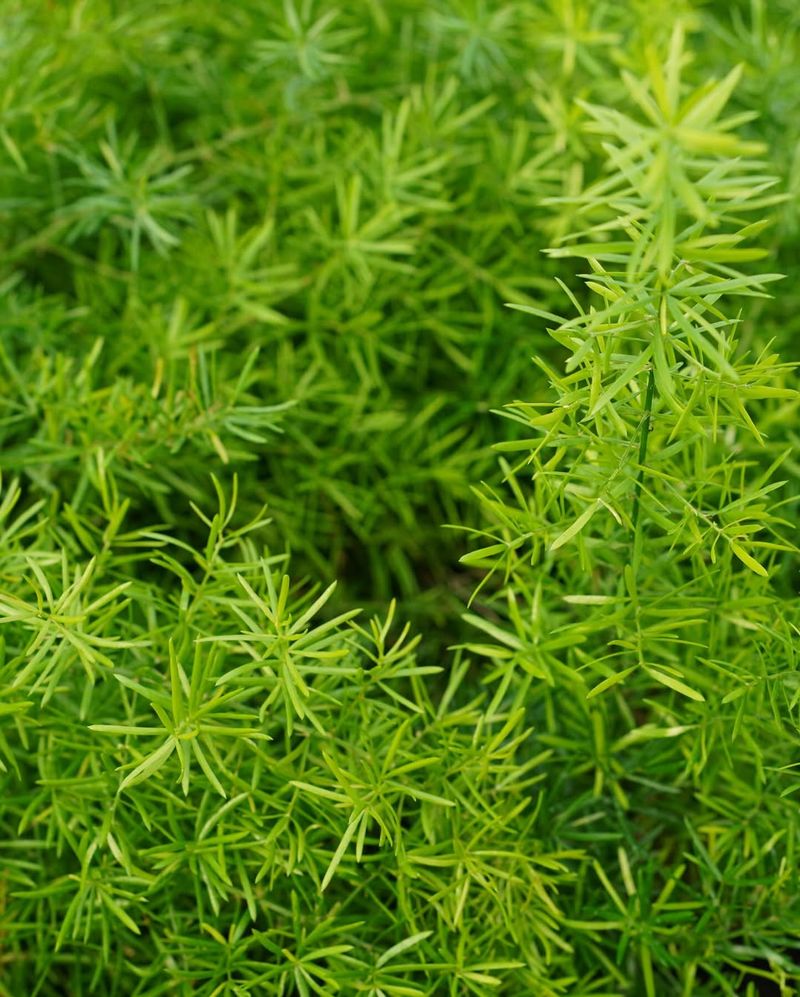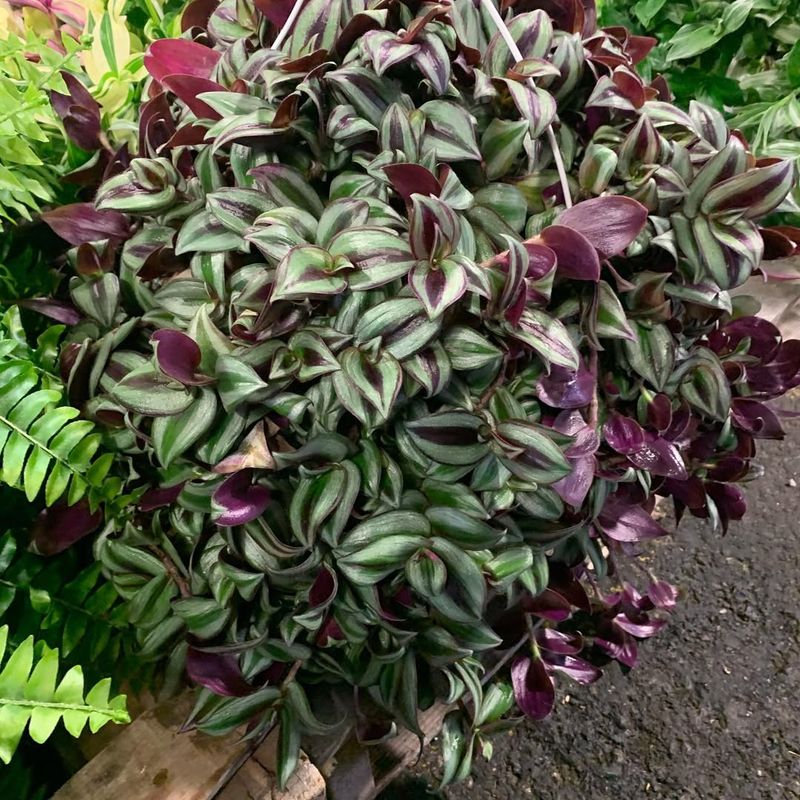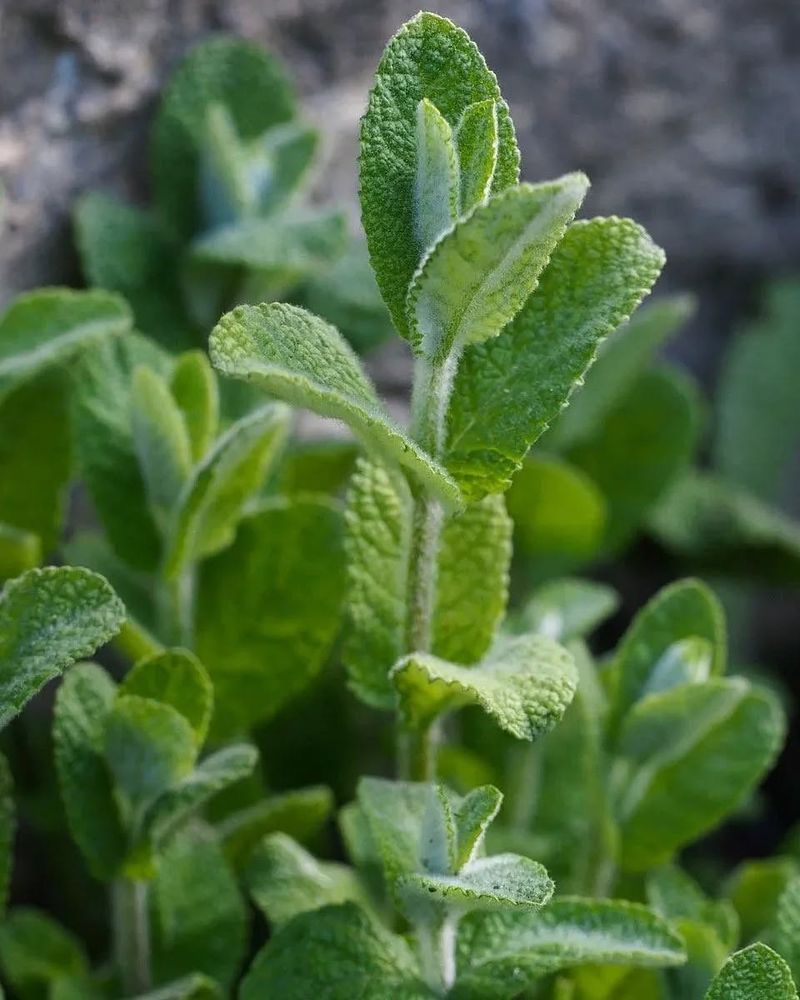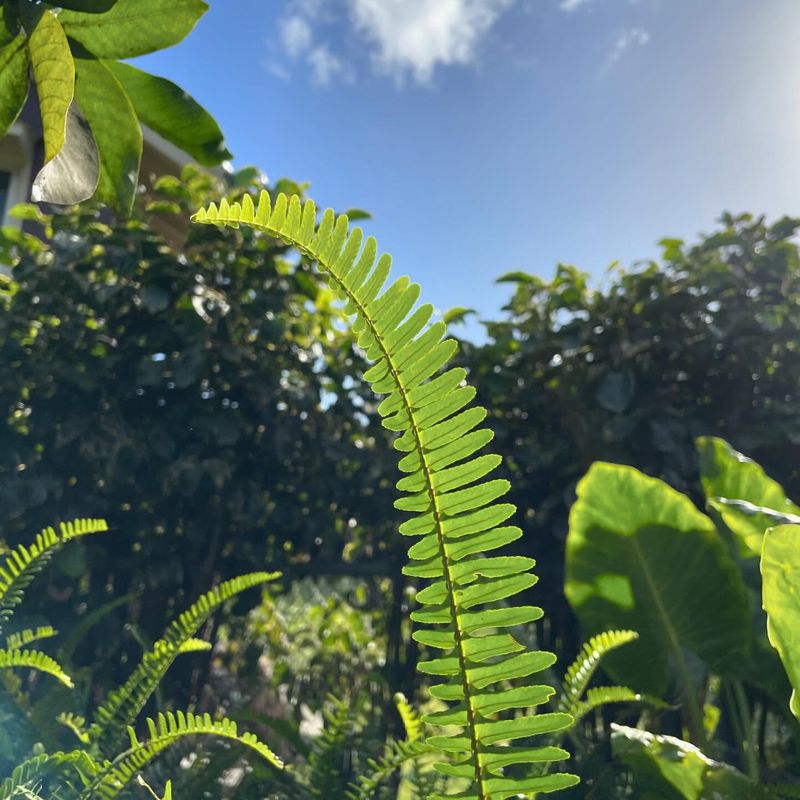Choosing the right ground cover for your Florida landscape can make or break your gardening experience. While some plants create beautiful, low-maintenance carpets, others turn into nightmares that take over your yard and harm native ecosystems.
Florida’s unique climate creates perfect conditions for certain aggressive species to spread uncontrollably, costing you time, money, and frustration.
1. English Ivy (Hedera helix)
Once planted in Florida yards, English Ivy becomes a monster that climbs and smothers everything in its path. The aggressive vines can damage building foundations, kill trees, and create perfect hiding spots for unwanted pests like rats and roaches.
The waxy leaves resist herbicides, making removal a back-breaking task that often requires years of persistent effort. Florida’s heat and humidity supercharge this plant’s growth rate, turning a small planting into a neighborhood problem within just a few seasons.
2. Japanese Honeysuckle (Lonicera japonica)
Sweet-smelling but sinister, Japanese Honeysuckle quickly transforms from an innocent-looking vine into a landscape destroyer. The rapid-growing tendrils can spread up to 30 feet in a single growing season, choking native plants and trees.
Florida’s long growing season gives this aggressive climber extra months to establish deep root systems that make complete removal nearly impossible. Birds spread the seeds everywhere, so even if you’ve never planted it, your neighbor’s honeysuckle can become your problem overnight.
3. Periwinkle (Vinca major)
Don’t let those pretty purple flowers fool you! Periwinkle becomes a nightmare in Florida landscapes, forming dense mats that prevent native plant germination. The trailing stems root wherever they touch soil, allowing lightning-fast spread through your yard.
Removing established periwinkle often requires chemicals because manual removal leaves fragments that quickly regrow. Many gardeners battle this plant for years after planting just a few innocent-looking specimens. In Florida’s natural areas, escaped periwinkle damages critical wildlife habitat.
4. Creeping Fig (Ficus pumila)
Creeping Fig starts as a charming wall-climber but transforms into a destructive force in Florida yards. The powerful aerial roots penetrate mortar, stucco, and wood, causing expensive structural damage to homes and garden structures.
Mature plants develop thick, woody stems that are incredibly difficult to remove. The dense growth blocks light from reaching other plants, effectively killing everything beneath it. Florida’s humidity creates perfect conditions for this plant to grow year-round, accelerating its takeover of your landscape.
5. Japanese Climbing Fern (Lygodium japonicum)
This seemingly delicate fern becomes a monster in Florida’s climate. Japanese Climbing Fern can grow up to 90 feet long, smothering trees and shrubs under its feathery blanket. The tiny spores spread easily by wind, making containment virtually impossible.
Florida’s conservation agencies spend millions fighting this plant in natural areas. Once established in your yard, complete removal requires years of vigilance. The fern creates perfect fuel ladders during wildfire season, potentially turning a ground fire into a dangerous crown fire that can threaten homes.
6. Mexican Petunia (Ruellia simplex)
Those pretty purple flowers hide Mexican Petunia’s invasive nature. Each plant produces thousands of seeds that explode from pods and travel up to 10 feet, quickly establishing new colonies throughout your yard and beyond.
Underground rhizomes spread aggressively, sending up new shoots even when you think you’ve removed the plant. Florida’s wetlands have been severely impacted by escaped Mexican Petunia. The plant forms such dense stands that it completely displaces native vegetation critical for wildlife habitat.
7. Air Potato (Dioscorea bulbifera)
Air Potato vines grow at the astonishing rate of 8 inches per day in Florida’s climate. The heart-shaped leaves create dense canopies that block sunlight from reaching native plants, effectively starving them.
The plant produces numerous potato-like tubers that drop to the ground, with each capable of growing a new vine. Florida has introduced special beetles to combat this invasive menace, but in home landscapes, you’re on your own. Complete removal requires finding every single tuber, or the plant quickly returns.
8. Wedelia (Sphagneticola trilobata)
Marketed as an easy-care ground cover, Wedelia becomes a monster in Florida yards. The bright yellow flowers might look cheerful, but this plant spreads so aggressively it’s been banned in some Florida counties.
Stems root wherever they touch soil, creating new plants that quickly form impenetrable mats up to a foot thick. Even small fragments left behind during removal can regrow. Wedelia doesn’t respect property lines and will readily invade neighboring yards and nearby natural areas, causing ecological damage.
9. Artillery Plant (Pilea microphylla)
Artillery Plant earned its name from how it forcefully shoots seeds several feet away when the tiny capsules burst. In Florida’s humid environment, this mechanism creates new plants everywhere, turning one pot into a yard-wide infestation.
The small leaves form dense carpets that prevent native seedlings from establishing. While it might look innocent with its miniature leaves, Artillery Plant quickly escapes containers and garden beds. Its ability to thrive in both sun and shade means no part of your Florida landscape is safe from invasion.
10. Asparagus Fern (Asparagus aethiopicus)
Don’t be fooled by the delicate appearance! Asparagus Fern develops vicious thorns and forms impenetrable thickets in Florida landscapes. The feathery foliage hides sharp spines that can cause painful skin punctures during removal attempts.
Underground tubers store water, helping the plant survive drought and making complete removal extremely difficult. Birds eat the bright red berries and spread seeds throughout your neighborhood. Florida’s mild winters allow this plant to grow year-round, accelerating its spread compared to cooler regions.
11. Wandering Jew (Tradescantia species)
Wandering Jew plants live up to their name by rapidly spreading throughout Florida yards. The succulent stems root at every node, allowing pieces as small as half an inch to establish new colonies when broken off during removal attempts.
These plants form dense mats that smother native ground flora and prevent tree seedlings from establishing. Florida’s frequent rains splash stem fragments to new locations, creating satellite populations throughout your landscape. Some varieties cause skin irritation in pets and people, adding another reason to avoid them.
12. Mint (Mentha species)
Planting mint directly in your Florida yard is a decision you’ll regret for years. The aggressive underground runners can travel several feet from the mother plant, popping up in lawns, garden beds, and even through cracks in pavement.
Florida’s sandy soil offers little resistance to mint’s spreading habit. What starts as a small herb patch can quickly dominate large areas. The roots are so persistent that even small fragments left in the soil will regrow. Always keep mint contained in pots with saucers to prevent escape.
13. Sword Fern (Nephrolepis cordifolia)
Native to parts of Florida, Sword Fern becomes problematic when introduced to new areas of your yard. The plant produces numerous underground tubers and millions of wind-dispersed spores that create new plants far from the original.
Dense colonies crowd out beneficial native plants and reduce biodiversity in your landscape. The extensive root systems make complete removal challenging without disturbing large areas of soil. In South Florida especially, this fern can quickly dominate disturbed areas, creating monoculture stands that provide little wildlife value.

